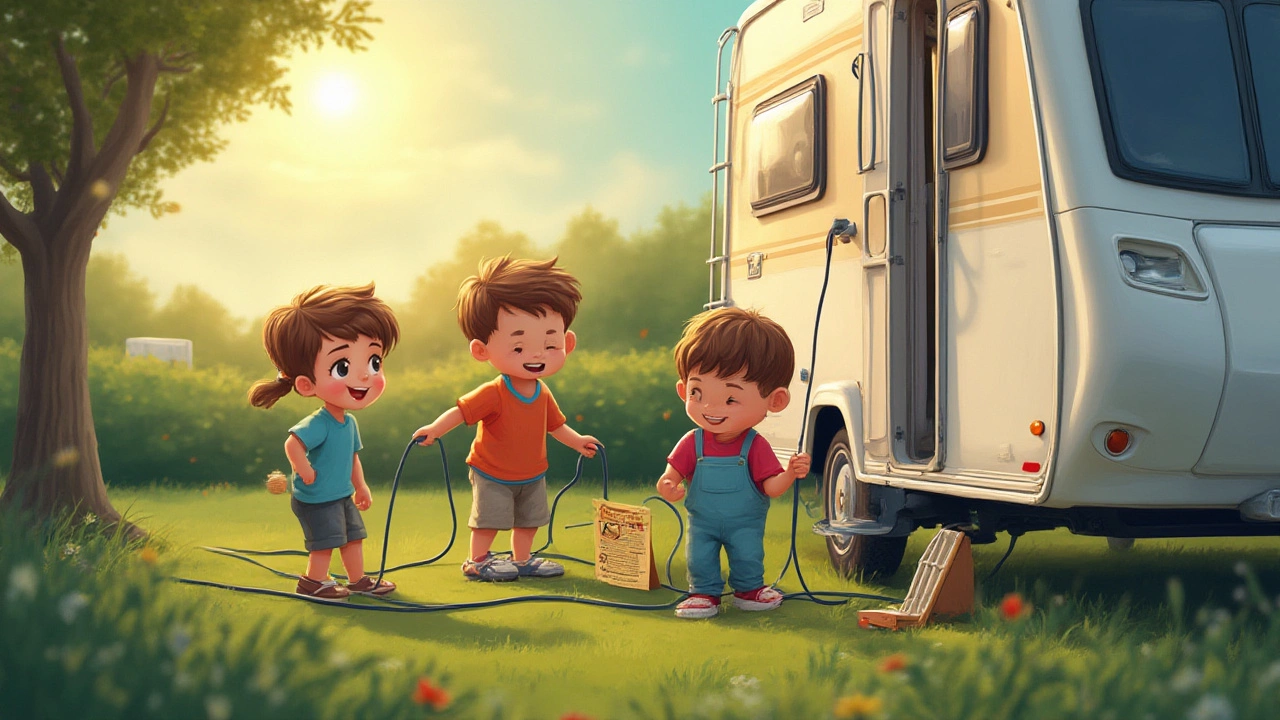Campsite Electricity: What Every Motorhome Traveller Needs to Know
If you’ve ever tried to plug your motorhome into a campsite and ended up with a blown fuse or a dead battery, you know how frustrating power problems can be. The good news is that campsite electricity is pretty straightforward once you understand the basics. This guide walks you through the most common hookups, the gear you’ll need, and a few safety tricks to keep your trip running smoothly.
Understanding Campsite Power Supplies
Most UK campsites offer three types of power connections: 13‑amp domestic sockets, 13‑amp industrial sockets (often called “industrial” or “shack” sockets), and 10‑amp three‑phase connections. The domestic socket looks like the one in your home and is the easiest to use – just bring a standard 13‑amp cable and you’re set.
Industrial sockets have a slightly different shape and need a special cable. If you forget the right plug, you’ll have to ask the site staff for one, which can waste time. Three‑phase sockets are rare and are meant for larger motorhomes that draw a lot of power. Most holiday‑makers never need them.
Before you arrive, check the site’s facilities list. Many sites now list the socket type online, so you can pack the right cable ahead of time.
Tips to Keep Your Motorhome Powered Safely
1. Use a dedicated surge protector. Campsite electricity isn’t always stable. A cheap surge protector protects your fridge, lights, and electronics from voltage spikes.
2. Monitor your draw. Most motorhomes have a power monitor that tells you how many amps you’re using. Stay under the site’s limit (usually 13 A) to avoid tripping the breaker.
3. Keep your battery topped up. Even when you’re connected, run the engine periodically or use a solar panel to keep the house battery healthy.
4. Bring adapters. A simple 13‑amp to 10‑amp adapter can save you a lot of hassle if you end up at a site with older sockets.
5. Turn off unnecessary appliances. When you’re not using the TV or heater, switch them off. It reduces load and saves fuel.
Following these steps means you’ll spend more time enjoying the scenery and less time troubleshooting power.
Looking for more camping advice? Check out our articles on setting up a campsite, saving money on campsites, and the differences between pulling a camper and driving an RV. All of them can help you plan a smoother, more enjoyable road trip.
Remember, campsite electricity is a tool, not a mystery. With the right cable, a bit of monitoring, and a few safety habits, you’ll have the power you need wherever you park your motorhome.
How Electricity Powers Campsites: Practical Guide for Campers
Learn how electricity works at campsites—power sources, hookups, safety, and tips for staying plugged in. Discover practical advice for every camper.
